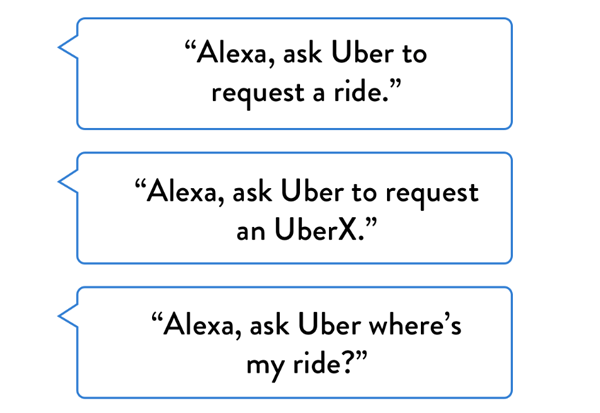UX Trends to Look for in 2018

What does a future UX trend actually look like, then? Is it something informed by technological advances? Is it a reinterpretation of an existing technique in a new context? Or maybe a combination of both?
A survey of think pieces on UX trends shows much uniformity in prognosticating, such as chatbots and conversational interfaces, as a further use of artificial intelligence (AI) to create personalized, contextual, and age-responsive design.
These are all valid trends gaining momentum, but they are all techniques-specific applications of technology. Looking at these through a wider lens, one that takes into view the entire customer experience, we can identify a macro trend: user-responsive design.
As UX continues to mature as a discipline, we expect to see the user experience itself becoming more transparent. Using the Nielsen/Norman definition: UX encompasses all aspects of the end-user's interaction with the company, its services, and its products. We can frame UX trends as a shift in focus, away from how a customer interacts with a brand to the brand itself.
Platform-Agnostic User Experience
Responsiveness in UX design has its roots in the rise of mobile computing. Devices with smaller screens and different interaction metaphors (touch as opposed to point-and-click) create a need for experiences that match a context defined by a user's current device. Can you spot the problem? These experiences are determined by the device, not the user. A true user experience is device-agnostic, and to a larger degree platform-agnostic. To a user, it doesn't matter where or how an interaction occurs, just that it occurs. In fact, the interaction itself should be largely invisible.By looking at a typical interaction today, we see how this can play out. Requesting a ride from Uber can start on an Amazon Echo and end on an iPhone. That's one experience that crosses two platforms, from two different vendors with two different interfaces, yet needs to be seamless to the user. At the end of the day, Uber, the brand is what will be remembered and talked about among friends, not the technology. What matters to the user is the value a brand delivers rather than background processes needed to get to that interaction.

( Image Source)
Mary Meeker's Internet Trends 2017 report illustrates this as well, where Meeker highlights the use of ads in Facebook, Instagram, Snapchat and even emails as targeted storefronts. The purchase starts in one platform and concludes on another. Browse products in the ad itself, and finalize the purchase on a website or in an app. Meeker concludes the lines between all of these are blurring fast. They can't blur fast enough.
An Experience of Continuity
In filmmaking, editing is often referred to as the invisible art. The idea is that the better it's executed, the less you notice it as a viewer. This is known as continuity editing, in which cuts are used to create a continuous flow of both action and story.Yet early filmmakers saw editing as a disruptive practice, worrying audiences would be disoriented when a camera angle changed, or an image jumped from a medium shot to a close-up. Eventually, editors found that matching action from shot-to-shot, or maintaining consistent eye lines gave viewers something enough to carry them through the jump from shot-to-shot. When the flow through a scene feels continuous, the narrative becomes the focus.
If we look at the cross-channel journey itself as a narrative, channels become the edits in a customer experience. While tactical UX trends are about addressing user needs on a micro level (age-reponsive design, for example, addresses one specific need), the real trend is using emerging technologies and techniques to create a seamless narrative flow, defined by your brand.
As UX designers, we can again look to the past to inform the future. Our goal is to reduce friction for users by building on the familiar. The cross-channel/cross-platform journey is trending toward a traditional model of continuity editing-cross-channel storytelling with no visible transitions. In order to keep up with the expectations of next year's consumers; developers, designers and marketers need to prepare and be prepared for the next wave of user-responsive content. Let your brand value guide the narrative, and work to create a seamless experience for your customers with every interaction possible.
About the Author

With more than 10 years in Web design, Casey Tourangeau is the leader of digital experience at McMillan, where he oversees user experience for all projects in the agency. As a film studies graduate from Carleton University, Casey's true passion lies in cinematics. He finds himself most inspired by any opportunity to work in a relationship between digital experiences and film.
Subscribe to Our Newsletter!
Latest in Marketing









